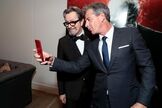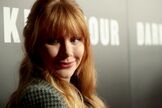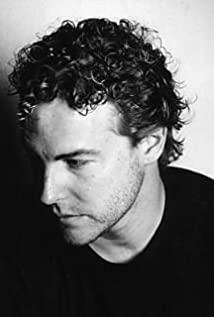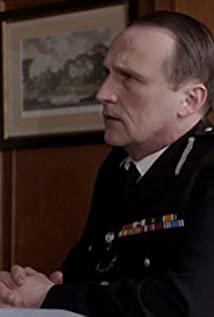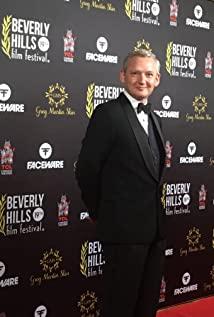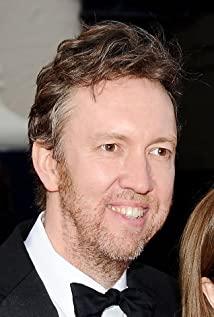At the beginning, the stronger side was in the light area, and the family and family used warm tones with softer facial shadows, and used hard light that was almost exposed outside.
A variety of subjective shots, horizontal shift shots, and the characters inside are arranged in front and back, so it will not make the picture look very flat,
Broadcasting that clip to the whole country, the red light in the foreground looked inconspicuous at first, but as soon as the focus was turned on, the whole room was flooded with red, which instantly made the atmosphere very grim, and the dangerous atmosphere made the audience nervous. , and cut a few close-ups of eyes and mouth when speaking to enhance the atmosphere
A quick series of close-ups such as the preparation of breakfast at the beginning has a style similar to Edgar Wright, such as the hot-blooded police detective Zombie Sean,
On the side of the preparation room, the shot from the mid-range to the close-up reflects the inner contradictions of the characters and facilitates scene switching on the other hand.
When the war room came out, the elevator shot had a symbolism. An elevator moved from bottom to top in the dark, and then the light color was much warmer when we arrived home. His wife was also dressed in blue. Most of the coldness represented rationality and melancholy.
And Miss Layton's typist's dress is mostly warm to represent sensibility
The three-man dialogue between Churchill and Chamberlain and Edward in the conference room is a classic example of infighting, where everyone appears repeatedly in the frame, and everyone is average in strength
Then Churchill came to the toilet to call the President of the United States. As the content of the conversation was repeatedly rejected, the actors leaned forward through the scene scheduling. On the premise of not moving the camera, the scene was narrowed and the atmosphere and the audience became more nervous.
After being completely rejected, even insulted, a foreground frame appears, with Churchill firmly framed in it, showing that he has nowhere to go
For example, in the lunch with King George II and other scenes, a lot of slanted strong light is used. You can see that the light is going to create one light area after another. In my understanding, these lights are people's concerns about the so-called peace. Practical yearning, and Churchill himself closed a door to reduce the illumination of the whole scene, point the point and face the reality
The picture frame is the picture frame. When he faced the pressure of peace talks from all sides, the small glass window on the door framed him in it, increasing the pressure.
The emperor, Edward, and Chamberlain are exposed in cool soft light throughout the film, without shadows, and indeed pale, while Churchill is alone in warm, high-contrast hard light, with strong contrast
When he went down to Calais to fight to the death, the light was cold and warm, hard and soft, and the color contrast was strong, which was admirable. Then the two mirror images pushed the contrast to the extreme.
But then he showed his humanity again when he brought the typist who had no right to enter the map room to explain the situation to her, the tones warmed and the light softened.
When the king began to support, he sat next to Churchill, and for the first time they were not in the same frame as opposites, not a panorama but a medium shot
View more about Darkest Hour reviews




